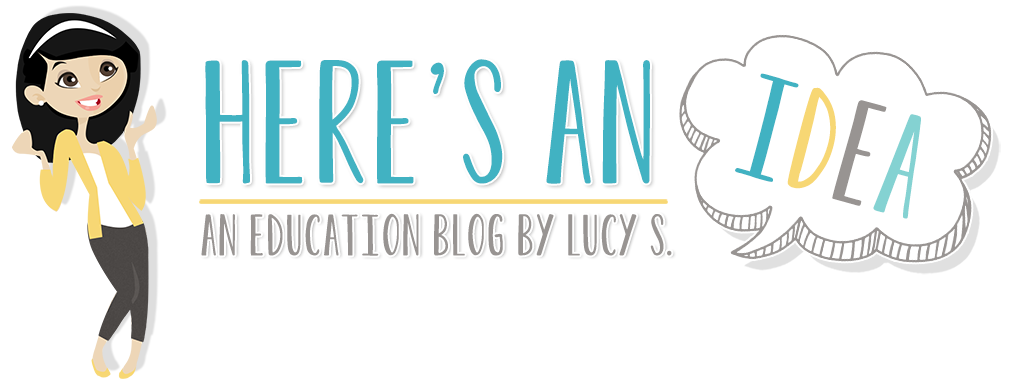On Pinterest, there are tons of plural nouns anchor charts, but I rarely (if ever) see an anchor chart for the more uncommon cases of plural forms, e.g. the plural of nouns that come from Latin or from other languages. So here's my take on it:
Of course, languages are ever-changing and some of the plural forms in the chart above are becoming less and less used, such as "datum". What happens is that "data" has been more frequently used as a singular noun. Or, some words are taking on other plural form alternatives, such as "indexes" instead of "indices".
I don't really see a problem with that. Languages do (and should) transform.
That being said, I don't think I'll be able to use "paparazzi" as a singular noun if it ever comes to that! I haven't mastered Italian yet, but I know how to make the plural of nouns in that language.
One important case to keep in mind is the use of "alumni". "Alumni" is the plural form of the word "alumnus", which refers to a male student. The female student would be an "alumna" (plural: alumnae). When referring to a group of former students of both genders, the term "alumni" is to be used.
A lot of people, though, end up misusing the word "alumni" as a singular noun - "He's a Harvard alumni" (instead of "He's a Harvard alumnus") - or using it to refer to a group of female students only - "The alumni of a prestigious all-girls school" (instead of "The alumnae of a prestigious…")
I've recently read and heard some people using "alum" (singular) and "alums" (plural) to avoid the gender issue, but I don't use those terms myself. What about you?
If you happen to read my blog, you know that I like to offer some chart ideas for teachers of French. So, allow me to post two anchor chart for French teaching:
READ at For French Immersion: 7 Pinterest boards for French teachers
Thank you for reading and have a great weekend!










